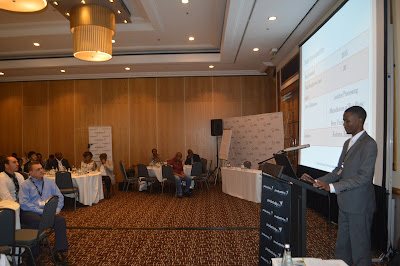Academic and Business Writing Solutions

>>thank you for stopping by and please do not forget to leave a comment...
Clapton Munongerwa is a researcher, an economist and a productivity practitioner with a passion in the development of organisations and the economy at large through in-depth research, economic inferences and productivity improvement. Diverse experience in the field on economics and research in the public sector as well as a traceable record in providing productivity related training and consultancy services in the private sector testify to his immense contribution within the economy.






